Move over ants! There’s a new, smaller, weight lifting sensation in town
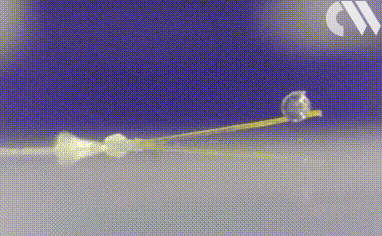
Researchers in the US have developed heat responsive crystalline cantilevers that are capable of lifting a metal ball almost 100 times heavier than the crystal itself.
Stimuli responsive behaviour in soft materials has blossomed in recent years, but for highly crystalline solids, such properties are still surprising, especially for materials that don’t lose their single crystalline nature in the process.
Jeremiah Gassensmith and colleagues at the University of Texas at Dallas and the University of North Texas, US, have developed single crystals of an N-substituted naphthalene diimide (NDI) derived organic semiconductor that can undergo a reversible phase change from its α to its β form under heating.
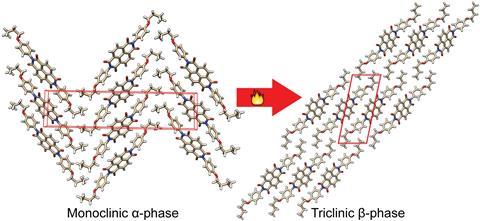
As Gassensmith explains ‘I suspect when people think of single crystals they think of tiny inert blocks, but that’s not the case. Not only do some crystals respond to heat, they can actually generate a pretty significant amount of force.’
The Texan team postulated that stress accumulated in the crystal due to the change in molecular arrangement was transformed into a mechanical, and usable, force. Gassensmith credits the discovery to his student Madushani Dharmarwardana who noticed her synthesised crystals were ‘doing all sorts of peculiar gymnastics’.
As an illustration of the crystal’s power, Dharmarwardana and graduate student Raymond Welch had the tedious job of converting the crystals into molecular-scale cantilevers, gluing one end of the crystal to a glass slip and loading a metal ball. Heating the cantilever transformed the crystal and it can lift the ball in spite of the extreme weight difference.
Timothy Bunning, a materials research engineer from the Air Force Research Laboratory at the Georgia Institute of Technology, US, says the work ‘demonstrates the ability to harness the directional mechanical response of an engineered cantilever system built of small molecule single crystals, which exhibit unusually large thermally-induced dimensional molecular packing changes.’ He adds that this represents ‘one more tool in a growing toolbox of dynamic motifs which could be used to combine function in the multifunctional ecosystem.’
Although this work covers one NDI derivative so far, such strong molecular lifting properties could have important uses in molecular machines or optoelectronic devices, especially as the material is semiconducting. Gassensmith comments that ‘dynamic molecular crystals are pretty new to the scene. We’ve shown they can do some physical work in principle, but it would be interesting to see them applied, either as a component within, say, a polymeric system, or working on their own.’
References
This article is free to access until 20 October 2017
M Dharmarwardana et al, Chem. Commun., 2017, 53, 9890 (DOI: 10.1039/c7cc04346e)
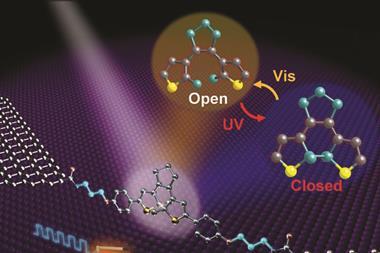
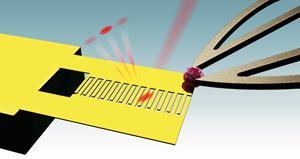
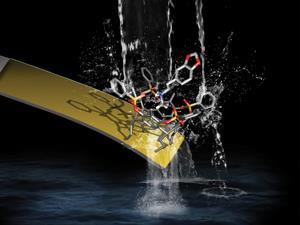








No comments yet